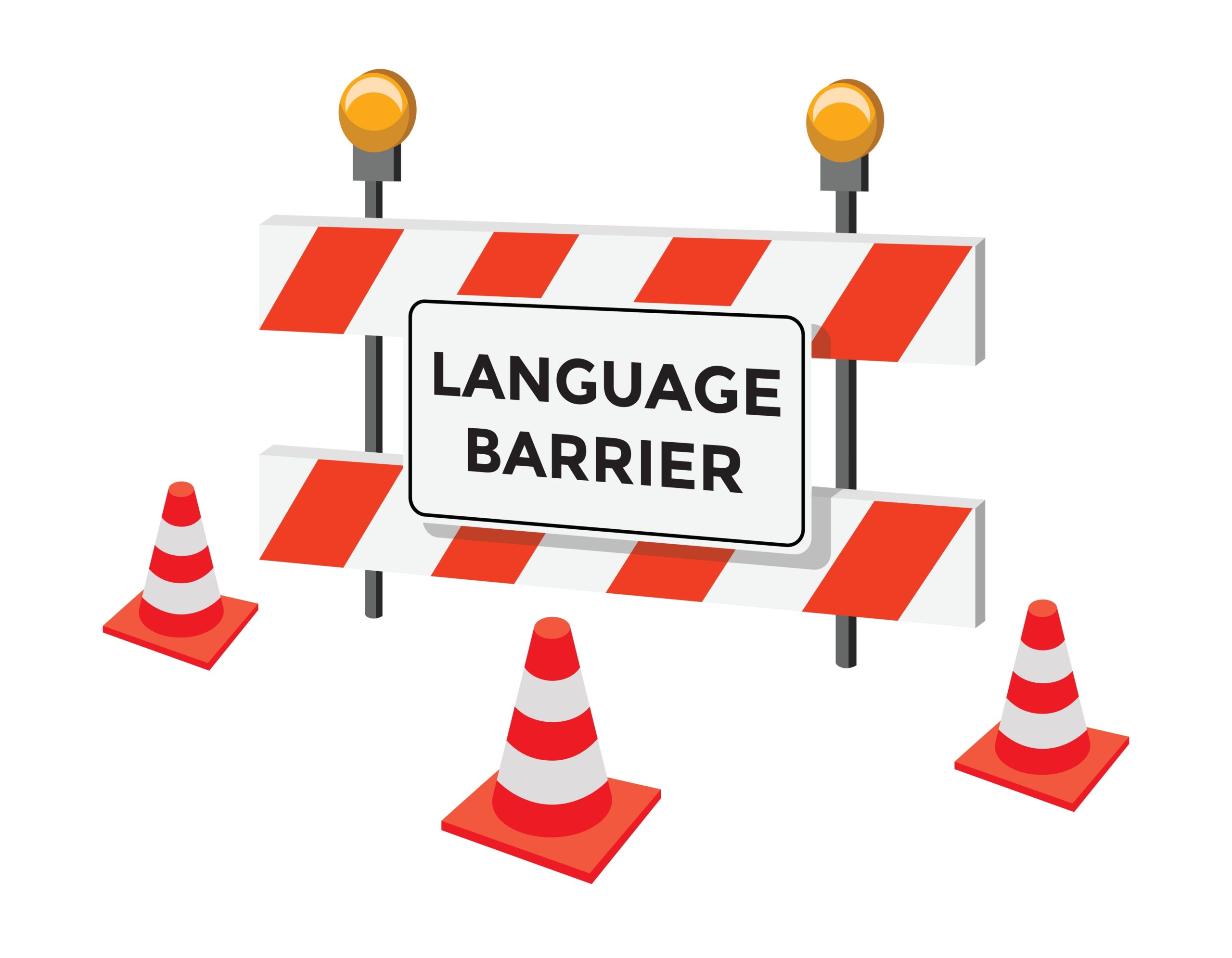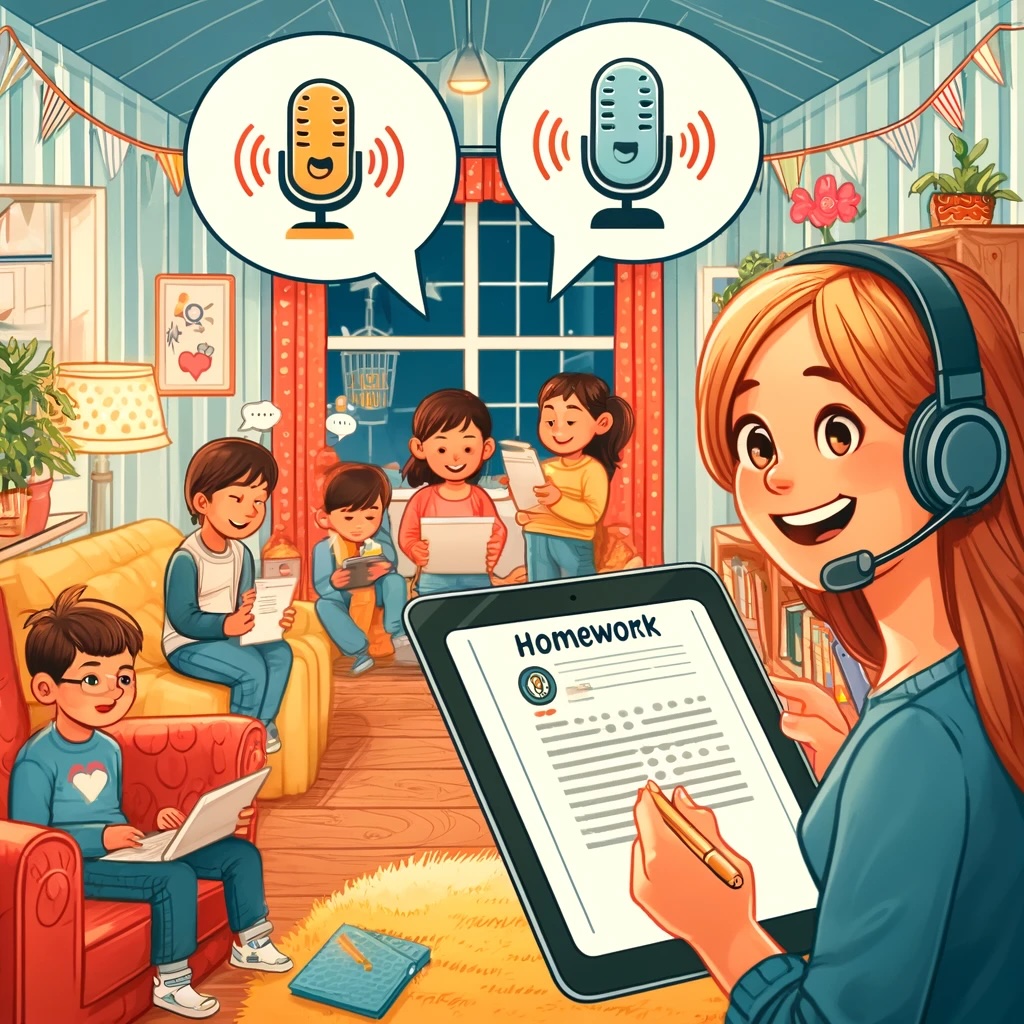The Quiet Revolution: Frank Cottrell Boyce’s Tenure as Poet Laureate and the Magic of Reading Aloud
Frank Cottrell Boyce is a name that echoes in the hearts of those who have journeyed through the imaginative worlds of his creation. Known for his remarkable works such as “Millions” and “Framed,” Boyce’s storytelling prowess transcends the written word, finding a new medium in his advocacy during his tenure as Poet Laureate. Boyce is now Poet Laureate in the UK and is championing the importance of reading aloud to children.
The Importance of Reading Aloud to Children
Boyce’s focus was razor-sharp: the plight of children living in poverty and the transformative power of reading aloud. In the UK, a staggering 4 million children live in poverty, a statistic that Boyce found unacceptable. Early years reading, he argued, is not merely a tool for literacy but a cornerstone for cognitive and emotional development. Reading aloud to children, particularly those from disadvantaged backgrounds, can set the foundation for future success.
Boyce pushed the government to recognise the glaring inequalities in access to reading resources. The disparity is not just a gap; it’s a chasm that separates those with opportunities from those without. By highlighting these inequities, Boyce advocated for policies that would ensure every child, regardless of socioeconomic status, has access to books and reading programs.
Inequality in Education
In his travels and talks, Boyce encountered numerous amazing practices and creative teachers who, despite systemic inequalities, managed to inspire and educate. These dedicated professionals are the unsung heroes, making a significant difference in their classrooms. However, Boyce stressed that the heroic efforts of a few should not be a substitute for equitable access to high-quality education and reading materials for all.
The Current State of Reading Among Children
The statistics are sobering: 50% of children are not read to before starting school. This lack of early reading experiences can have long-lasting effects on cognitive and emotional development. Organisations like Book Trusts are working tirelessly to bridge this gap, delivering free books to families in need. These efforts, while commendable, are only part of the solution.
Best Practices for Reading Aloud
Boyce highlighted the critical role of family members in reading to children. Parents, siblings, and grandparents are encouraged to make reading aloud a regular practice. This simple act can create a powerful bond between the child and the reader, making stories come alive in a way that fosters imagination and emotional connection.
Hearing adults read children’s work, Boyce noted, can be particularly inspiring. It validates young authors, giving them the confidence to continue writing and sharing their stories.
Impact of Reading Aloud in Schools
Boyce paid special attention to the practice of Year 6 teachers reading students’ work aloud. This act is more than a teaching tool; it’s a confidence booster and a catalyst for a love of writing and storytelling. When children hear their words spoken aloud, they experience a sense of pride and accomplishment that encourages further creative expression.
Vision for the Future
Boyce’s vision for the future is nothing short of revolutionary. He dreams of a cultural shift where every child reads out loud regularly, reducing the number of children missing out on the benefits of reading from 50% to zero. This “happiness apparatus” through reading is not just about academic success; it’s about enriching the overall well-being and development of children.
Frank Cottrell Boyce’s tenure as Poet Laureate was not just a period of literary contributions but a movement towards recognising the transformative power of reading aloud to children. His advocacy underscores the urgent need for systemic change to ensure all children, regardless of their background, can experience the joys and benefits of reading. In Boyce’s words, reading aloud is more than an activity – it’s a lifeline, a bridge to a brighter, more equitable future.









